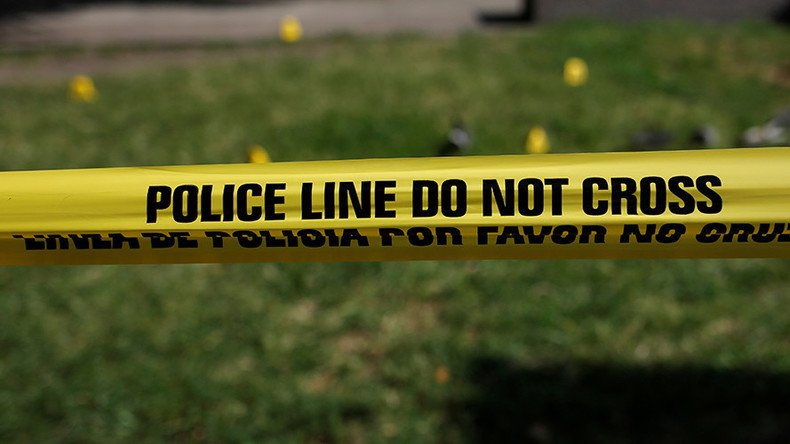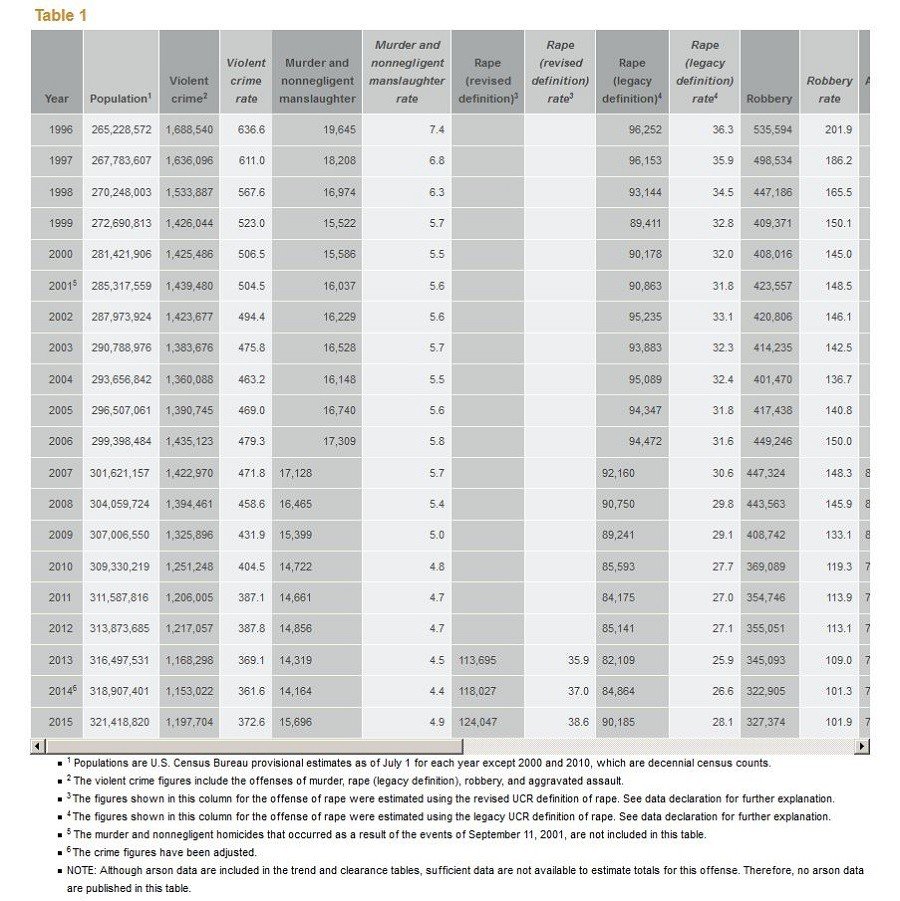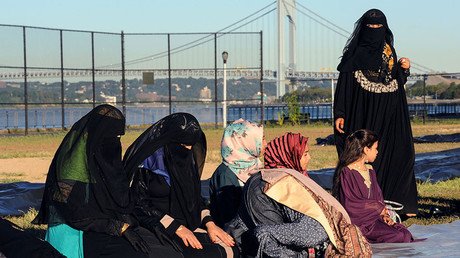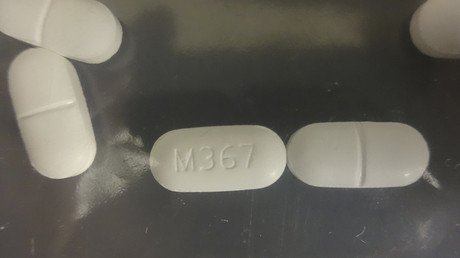Murder rate rises at fastest pace since 1970s, remains near historic lows ‒ report

The US murder rate is on the rise, climbing at its fastest pace since the 1970s, according to a new report. However, homicides are likely still lower than they have been for more than a quarter century.
Because national crime statistics for 2016 will not be released for eight months, the Economist looked at the homicide statistics in 50 major cities over the last year “to get an early sense” of how much the murder rate grew from 2015. The murder rate grew 11 percent from 2014 to 2015, the biggest single-year increase in homicide rates since 1971, according to the FBI’s Uniform Crime Report.
The 50 chosen cities comprise 15 percent of the US population and approximately 36 percent of its murder victims. For 35 of those cities, murders increased last year. The rate is defined as the number of murders and non-negligent homicides per 100,000 people.
The murder rate in America is probably rising at its fastest pace since the 1970s. But it's still historically low https://t.co/2gE1IshoQLpic.twitter.com/F2Aumto95P
— The Economist (@EconUS) February 8, 2017
“Since cities tend to reflect the country as a whole, this suggests that the murder rate is rising at its fastest pace since the early 1970s,” the report said. “Despite the recent uptick, the murder rate in our 50 cities was lower in 2016 than it was in 2007, and for the 26 years before that.”
The Economist didn’t not release specific numbers with regard to the murder rate, but the average increase in the rate of the 50 cities appears to be approximately 15 percent. A January analysis by FiveThirtyEight looked at similar data from individual police data and local media reports for the 83 US cities with populations above 250,000. That report found that the murder rate in those cities rose 11.3 percent in 2016, a slower rise than the 14.8 percent increase those same cities experienced from 2014 to 2015. It is likely the biggest two-year increase in the murder rate since 1989-1991.
Average homicide rate in 50 cities vs national average, compiled by @TheEconomistpic.twitter.com/IAJGEYUVFH
— Aliza K (@TerrierTerp) February 8, 2017
The Economist analysis is timely, since Trump has repeatedly cited false statistics about the murder rate in the US, most recently at a meeting with sheriffs on Tuesday.
“The murder rate in our country is the highest it’s been in 47 years, right? Did you know that? Forty-seven years,” Trump said, blaming the media for not reporting it. “But the murder rate is the highest it’s been in, I guess, from 45 to 47 years.”
Although both Trump and the Economist report did use superlatives comparing the homicide rate to the 1970s, they did not use the same one. The “highest” and “fastest rising” are not equivalent. Indeed, the overall murder rate in 2015 (the last year for which the FBI’s data is available) was 4.9. It has been less than 5.0 since 2010, down from a high of 10.2 in 1980. The lowest point was in 1957, when there were 4.0 murders per 100,000 people.

Between 1965 and 2010, the murder rate was consistently higher than it was in 2015. It was twice as high as the 2015 rate in 1974, 1980, 1981 and 1991.
While Trump has repeatedly attacked Chicago, Illinois for its homicides and violent crime ‒ at one point going so far as to tell Mayor Rahm Emanuel to “fix the horrible ‘carnage’ going on” or he will “send in the Feds!” ‒ three cities had bigger spikes in their murder rates than the Windy City’s 58 percent growth, the Economist found. The newspaper did not name the three cities.
White House press secretary Sean Spicer actually under-represented the rise in Chicago’s murder rate during the daily briefing on Wednesday, saying, “their murder rate’s up 45, 50 percent.” Regardless, “it’s unacceptable” that the murder rate has gone up in so many cities, he said.
“I think the president is disgusted that so many American lives are taken, injured, whatever, that we can’t walk down the streets of our own cities in safety,” Spicer said. “And I think he wants to make sure that they understand his commitment not just to preventing acts of terrorism from coming into this country, but also that, whether it’s gang violence or whatever, that people feel safe.”
Nearly one in 10 murders were gang-related in 2015, up from just one in 100 in 1980, the Economist reported. Drug-related murders, many of which are also tied to gangs, have increased over the last two years, accounting for one in 25 murders in big cities in 2015.














